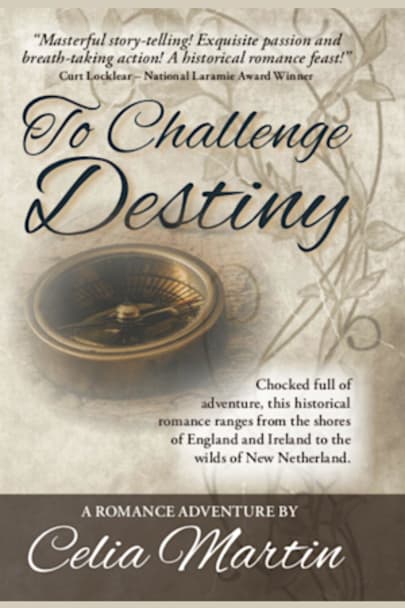Escaping England after the Royalist defeat at Worcester in 1651, Adler Hayward and his friend, Latimer Draye, join the Fortier family bound forNew Netherland. Heartbroken at leaving his home and family, Adler finds solace in the eyes of Glynneth Fortier, the wife of Etienne Fortier, who suffers from consumption. Though Adler loves Glynneth more than life itself, he is devoted to her husband, and … husband, and he and Draye are protective of the Fortier family. To earn their living, Adler and Draye become woodsmen, trading with the Mohawks and sharing several near-death adventures.
As they settle into their lives in New Netherland, Adler and Glynneth cannot help but wonder what destiny awaits them in their strange and challenging new world.
more



Most fiction either adheres to a particular school of thought or a formula and reviewing individual works demands we apply certain standards for evaluation. Readers of classic mystery fiction will expect clues placed throughout the narrative allowing them an opportunity to deduce the murderer before the novel reaches its final denouement. Heroic fantasy demands larger than life characters often corresponding to recognizable archetypes and the ultimate triumph of good over evil after overcoming numerous perils. Celia Martin’s To Challenge Destiny is billed as a “romance adventure”, far from a hybrid form though you will be hard-pressed to find a section in your local bookstore labeled as such, but it bears the imprint of historical fiction as well.
Martin’s book takes a pivotal time in history for its setting. Led by Oliver Cromwell, a civil war has overturned the divine right of rule asserted by English monarchs for centuries and Charles II has fled the British isle for continental Europe. The remaining Royalists are looking to disappear; Adler Hayward and his friend Latimer Draye are among them. They embark via sea voyage for the “New World”; more specifically, the New Netherland settlement in present-day America. They join the Fortier family, Etienne, and Glynneth, and their fates soon become entwined through the bonds of friendship and love while the four primary characters likewise experience adventure and danger in a far-flung land.
She invokes this historical era with feeling and fidelity illustrating that she is, indeed, a student of history and not just a teacher. Martin possesses the literary powers necessary for transforming the texture and the tone of 17th-century life into dramatic form while still maintaining the aforementioned historical accuracy. Too often such works fall into the trap of populating its fictional landscape with one-dimensional character while focusing the bulk of its attention on nailing down details, but Martin avoids such pitfalls with To Challenge Destiny. The novel’s four primary characters are rendered in a multi-dimensional fashion and never strain credibility.
The dialogue may be a little off-putting to some readers, but it is more a question of style than anything else. Martin often uses adverbs as dialogue tags and sometimes the effect dulls the potential impact of the exchange; when a character asks a question, denoted by the use of a question mark, it is redundant for the author to add the “questioned” tag. It is apparent, however, Martin does give the use of dialogue tags some forethought rather than applying them throughout the text and, in the end, many readers will not mind their use.
The novel’s conclusion is powerful and convincing. Overall, To Challenge Destiny more than lives up to its billing as a “romance adventure” and Martin proves throughout the course of the novel that she has the vision and talent to make bygone times come alive for modern readers. The book, as well, has a near-ideal length and the pacing keep readers involved and attentive rather than risking their loss of attention throughout self-indulgent sideshows. Lovers of historical and romance fiction alike will enjoy this novel.
Anne Hollister